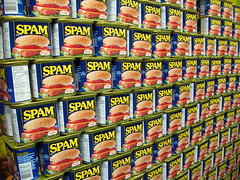Direct Mail – How to Ensure You Get the Most “Bang For Your Buck”

Direct mail is still a great way to reach your customers and prospects. Web-based marketing (e-newsletters, Facebook, etc) is a great addition, but printed pieces still prove to get the best return. However, with postage rates increasing, you’ll want to narrow down the mailing list to get the most “bang for your buck”.
Eye-Opening Statistics
Research by the Direct Marketing Association (DMA) shows:
- 73% of consumers prefer direct mail over email, 18% prefer email
- 79% of households read or skim their “junk” mail
- Spending on direct mail is expected to increase 3.6% by 2014
(Read more: Mythbusting: Is Direct Mail Dead? | National Mail Order Association)
Researching Your Market
The trick to a successful direct mailing is to do a little market research to determine who is your target audience:
- Geographic Qualifiers – where does your target audience live/do business? In your state, county, zip code… or maybe within 1 mile of your location?
- Demographic Qualifiers – who makes up your target audience? What is their age, gender, household income… are they homeowners?
Once you have these questions answered, call or e-mail ImageSmith to do a FREE list search for you. We can tell you how many contacts are in your target list and the cost for purchasing the list. Then let us design, print, and mail your campaign… all Under One Roof!
We know direct mail, and we want to show you the benefits of integrated marketing – call us at 828.684.4512 or check us out online.









